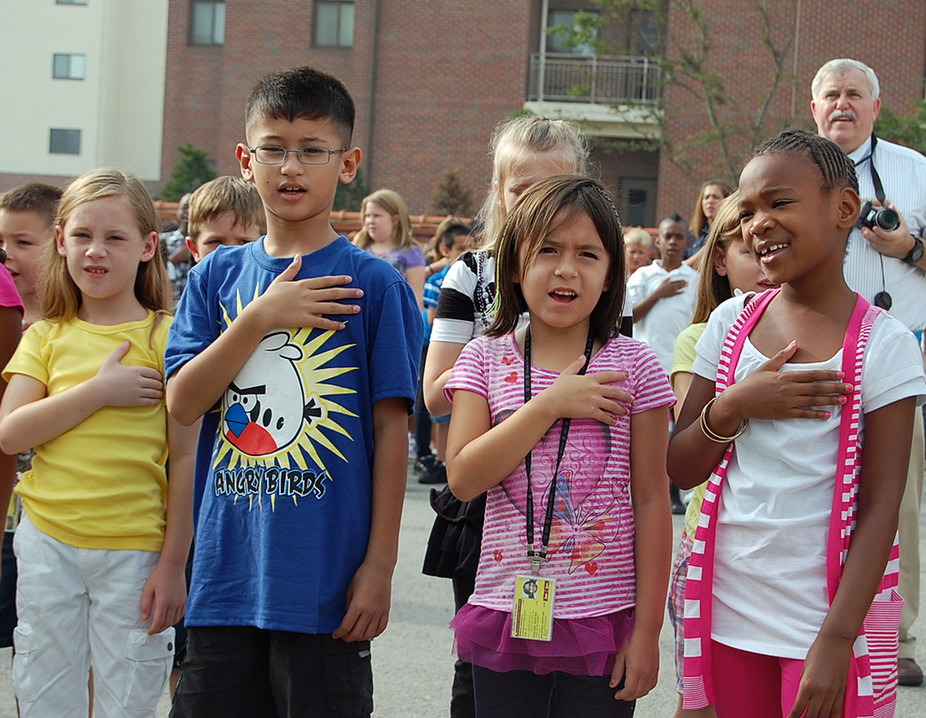By @GwynethJones – The Daring Librarian As an educator I was touched today by this article from Mr. James Perry, former candidate for the Mayor of New Orleans: “Among the most important lessons I’ve learned from Dr. King is the example of servant leadership. A servant leader is one who offers an inclusive vision; listens carefully to others; persuades through reason; and heals divisions while building community. It is easy to spot servant leaders. In a room where others are jockeying for attention, they are the ones listening to someone others might consider unimportant. When faced with a problem, they look for solutions …
Continue reading “What MLK Jr. Teaches us about Servant Leadership”










